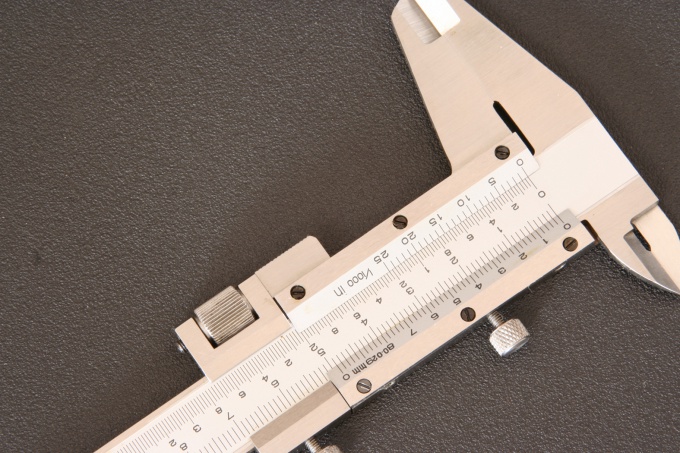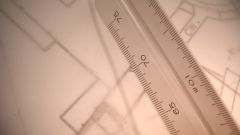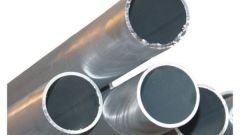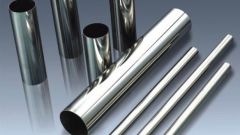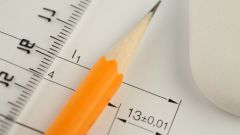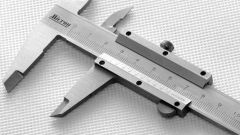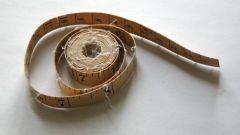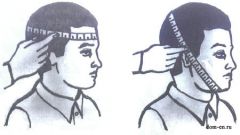You will need
- Caliper
- The part you want to measure
- Vise
Instruction
1
Consider the caliper. The most common of them consists of a rod with the sponge. Sponge still. The rod has a millimetre scale. Its length is 150 mm. the rod moves the frame, movable on her lips. On movable jaws located auxiliary scale length of 19 mm. It is divided into 10 equal parts, the distance between divisions 1, 9 mm. This auxiliary scale called a Vernier. Before measurement, check the accuracy of the caliper, aligning the sponge. The zero mark of the main and additional scales must coincide with the tenth stroke for more scale be aligned with nineteenth-stroke main. Caliper allows you to measure the depth of the hole, on the opposite side of the rod is a depth gauge.
2
Clamp the workpiece in the vise. If a Vice, secure it in any other way, so she did not move, otherwise the measurement will be inaccurate.
3
To measure external parameters will cover the detail of the movable and stationary jaws. Lightly press the sponge to the details so as not to cause mechanical damage and don't break the caliper. Fix the sponge support screw.
4
Look how the divisions of the main scale coincide the risk of the first Vernier. This division indicates the number of whole millimeters on the details. Look at where the risks of both scales exactly coincide next time. Count the tick marks on the Vernier. This number will indicate tenths of a millimeter, it must be added to the number of whole millimeters.
5
The internal parameters are measured by another pair of jaws which are inserted inside the notch. The calculation is exactly the same.
Note
The jaws of the caliper needs to stand up straight, without distortions.
Take readings by holding the caliper in front of you.
Take readings by holding the caliper in front of you.
